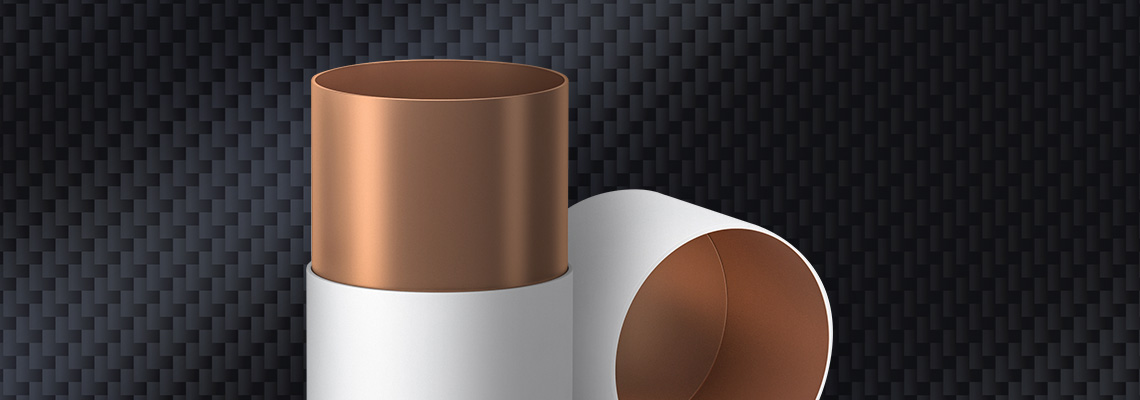The high-speed, anodizing additive
PSH2
A high-speed,
anodizing additive

The high-speed anodizing is based on the Law of Faraday. If we look at the
phenomenon of the anodizing becoming chemically converted due to the
electrolysis, the thickness of the oxidizing pores gets determined according to
the total amount of the electric currents that had been used for the
electrolysis.
For example, by using the electric current of 1A/dm2 and by using the
anodizing, if an anodizing of 0.3μ per minute is made to be chemically
converted, when working for 60 minutes, the thickness of 18μ can be
obtained as in the formula below.
- (1A/dm2) × (0.3μ) × (60 minutes) = 18μ (Based on the softness). As a result, in
the case of increasing the amount of the electric currents by three times
(3A/dm2, ), the anodizing of 18μ ((3A/dm2) × (0.3μ) × (20 minutes) = 18μ) gets
chemically converted in 20 minutes. Thereby, the time could be shortened by
1/3.
In this way, we can find out that the high-speed anodizing is possible
theoretically. However, with the anodizing treatment method at the present,
in case the degree of the electrolysis had been increased to 3A/dm2,
the problems of the burining, the bloom, the PIT, etc. can take place.
By adding the additive liquid that solves such side-effects, by using a rectifier
regarding the constant voltage and the constant current, the high-speed
anodizing without any side-effects can be done.
The method of the use.
- Sulfuric acid (H2SO4) : 280g/L
- SPH2 : 50g/L
- The working temperature : 0℃ ~ 25℃
- The current value : 1A/dm2 ~ 3A/dm2
PRODUCT
The high-speed, anodizing additive

PSH2
A high-speed, anodizing additive
The high-speed anodizing is based on the Law of Faraday. If we look at the phenomenon of the anodizing becoming chemically converted due to the electrolysis, the thickness of the oxidizing pores gets determined according to the total amount of the electric currents that had been used for the electrolysis.
For example, by using the electric current of 1A/dm2 and by using the anodizing, if an anodizing of 0.3μ per minute is made to be chemically converted, when working for 60 minutes, the thickness of 18μ can be obtained as in the formula below.
- (1A/dm2) × (0.3μ) × (60 minutes) = 18μ (Based on the softness). As a result, in the case of increasing the amount of the electric currents by three times (3A/dm2, ), the anodizing of 18μ ((3A/dm2) × (0.3μ) × (20 minutes) = 18μ) gets chemically converted in 20 minutes. Thereby, the time could be shortened by 1/3.
In this way, we can find out that the high-speed anodizing is possible theoretically. However, with the anodizing treatment method at the present, in case the degree of the electrolysis had been increased to 3A/dm2, the problems of the burining, the bloom, the PIT, etc. can take place.
By adding the additive liquid that solves such side-effects, by using a rectifier regarding the constant voltage and the constant current, the high-speed anodizing without any side-effects can be done.
The method of the use.
- Sulfuric acid (H2SO4) : 280g/L
- SPH2 : 50g/L
- The working temperature : 0℃ ~ 25℃
- The current value : 1A/dm2 ~ 3A/dm2
